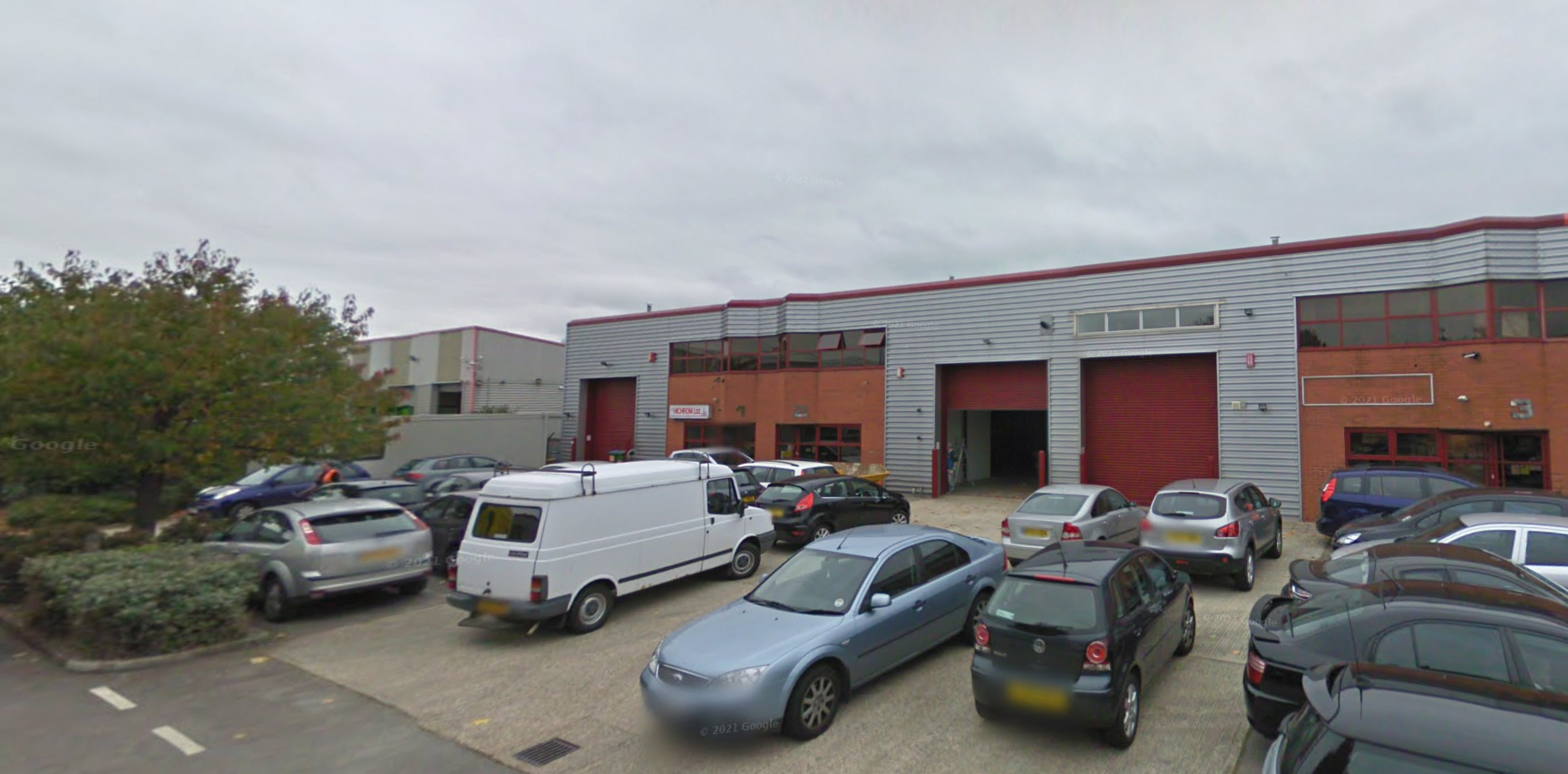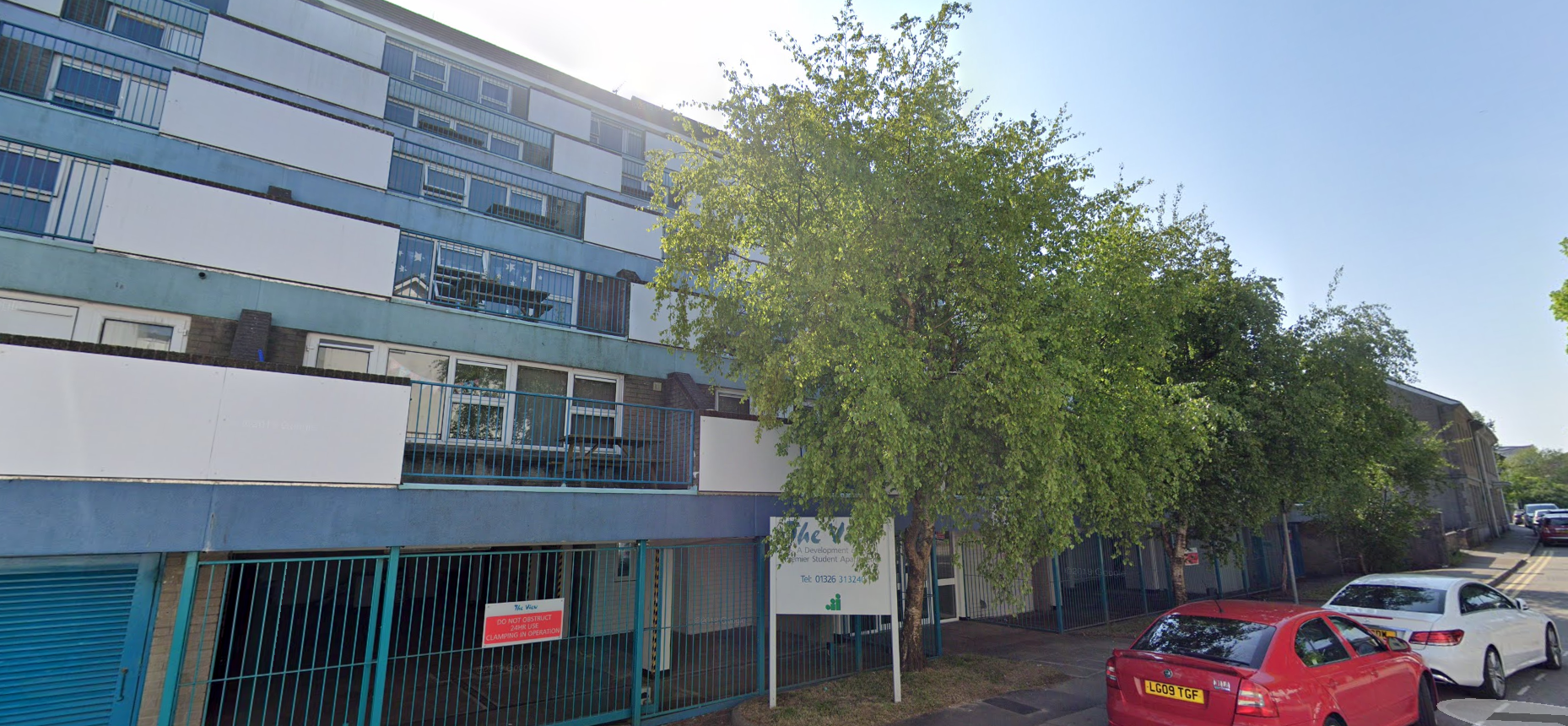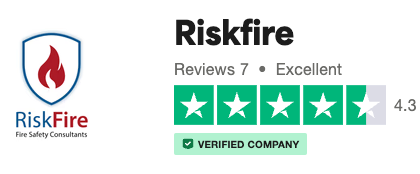Annual Fire Extinguisher Servicing is Crucial for Your Business - Risk Fire
Imagine this: a small fire breaks out in your office, and you confidently reach for the fire extinguisher, only to find it doesn't work. It's a nightmare scenario, isn't it? This is why keeping your fire extinguishers in top condition is not just an option—it's a necessity. Regular servicing ensures that these critical tools are ready to protect your business, employees, and assets at a moment's notice. When fire strikes, every second counts, and a well-maintained extinguisher can make all the difference.
Have you ever considered how a small oversight in fire extinguisher maintenance could lead to catastrophic consequences for your business?
Fire Safety Regulations in the UK
In the UK, fire safety isn't just a recommendation; it's a legal requirement. Business owners must adhere to strict regulations to ensure the safety of their premises and the people within them. These rules are designed to minimise risks and ensure that fire safety measures are up to date and effective.
The UK government has laid down comprehensive fire extinguisher regulations that mandate regular servicing. These laws are not just red tape—they are crucial for safeguarding lives and property. Under the Regulatory Reform (Fire Safety) Order 2005, business owners are tasked with ensuring that their fire safety equipment, including fire extinguishers, is maintained in efficient working order. This means scheduling regular checks and servicing by qualified professionals to ensure compliance.
Keeping detailed records of all fire safety checks, including extinguisher servicing, is not just good practice; it's a legal obligation. These records serve as evidence of compliance with fire safety regulations and can protect businesses from hefty fines and potential legal issues. Failing to comply with these laws can lead to severe penalties, not to mention the increased risk of fire-related incidents.
Benefits of Regular Fire Extinguisher Servicing
Having fire extinguishers on your premises is one thing; ensuring they're ready to use in an emergency is another. Regular servicing is the key to keeping your fire extinguishers in perfect working order and preventing potential workplace disasters.
Regular fire extinguisher servicing is crucial to fire protection. It ensures that these devices operate effectively when needed the most. A small fire can escalate into a major disaster if the extinguisher fails to function properly. Regular maintenance helps identify and rectify any faults or damages, ensuring that your fire extinguishers are always ready for action.
For business owners and employees alike, knowing that fire extinguishers are properly serviced provides peace of mind. It reassures everyone that in the event of a fire, they have the means to control it quickly and efficiently. A well-maintained extinguisher can mean the difference between a minor incident and a full-scale disaster, making regular servicing an essential part of your fire risk assessment strategy.
Legal Compliance and Insurance Requirements
Compliance with fire safety regulations doesn't just protect your business from legal troubles—it can also be a critical factor in your insurance coverage. Insurance companies often require proof of regular fire extinguisher servicing to validate claims, making it an essential part of your business's risk management strategy.
When it comes to insurance, comprehensive fire extinguisher maintenance is not just a box to tick. Insurers want to know that your fire safety measures are up to par, and regular fire extinguisher servicing is a significant part of that equation. Providing documented evidence of servicing can enhance your business's insurance coverage, ensuring that claims are processed smoothly and without dispute.
Legal adherence to fire safety protocols also protects your business from liability in the event of a fire. Documented servicing records serve as valuable evidence during insurance assessments, showing that you've taken all necessary precautions to maintain a safe environment. This not only helps with compliance but also reinforces your commitment to fire safety.
Ensuring Proper Functionality of Fire Extinguishers
Fire extinguishers are your first line of defence against fire, and their functionality is paramount. Ensuring that these tools are in perfect working condition is crucial for effectively combating fires in their early stages.
Fully functional fire extinguishers are critical for effectively combating fires in their early stages. Regular checks guarantee that extinguishers are correctly pressurised and free from leaks, ensuring they work when needed. Proper functionality ensures that employees can rely on extinguishers in high-stress situations, providing a crucial safety net when it matters most.
Regular servicing keeps the extinguishers ready to operate under various emergency conditions. This means checking for any signs of damage, corrosion, or other issues that could affect performance. By ensuring that your fire extinguishers are in top condition, you can have confidence that they will be there to protect your business and employees when needed most.
Minimising Fire Hazards in Commercial Buildings
Fire safety isn't just about having the right equipment—it's about maintaining it to minimise risks. Regular servicing helps to reduce the risk of fire incidents in business premises by identifying and mitigating potential hazards before they become serious.
Regular servicing is essential for identifying potential fire hazards and mitigating them before they become serious. Serviced fire extinguishers decrease the likelihood of equipment failure during a fire, ensuring that your safety measures are always ready to perform when needed. Early detection of issues like corrosion or obstruction ensures safety and functionality, helping to prevent costly fire-related incidents.
A proactive approach to fire safety minimises the risk of costly fire-related incidents. By regularly servicing your fire extinguishers, you can identify and address potential issues before they escalate. This not only protects your business from fire damage but also reinforces your commitment to maintaining a safe environment for your employees and customers.
Importance of Professional Fire Extinguisher Inspections
While regular checks by your staff are important, professional inspections are crucial for a comprehensive assessment of your fire extinguishers' condition. Hiring experts ensures that your fire safety measures are up to the latest standards and technologies.
Professional inspections provide a comprehensive assessment of your fire extinguisher's condition. Experts possess the knowledge and experience to identify issues that may go unnoticed by untrained staff. They ensure that your fire safety measures meet the latest standards and technologies, providing peace of mind that your extinguishers are ready to perform when needed.
Qualified technicians offer valuable advice on maintaining and upgrading fire safety equipment. They can help you identify areas for improvement and provide recommendations for enhancing your fire safety strategy. By hiring professionals to conduct thorough inspections, you can ensure that your fire extinguishers are always in top condition and ready to protect your business.
Extending the Lifespan of Fire Extinguishers
Fire extinguishers are a crucial investment in your business's safety, and regular servicing can help extend their lifespan. Proper maintenance ensures that extinguishers remain effective throughout their service life, saving costs and maximising your investment in fire safety equipment.
Regular servicing prevents premature wear and tear, extending the extinguisher's lifespan. By identifying and addressing issues early, you can prevent costly replacements and ensure that your fire extinguishers remain effective throughout their service life. Routine care and servicing maximise the investment made in fire safety equipment, providing peace of mind that your business is well-protected.
Periodic checks can prevent costly replacements by identifying issues early. Regular servicing ensures that your fire extinguishers remain in top condition, ready to perform when needed. This not only saves costs but also reinforces your commitment to maintaining a safe environment for your employees and customers.
Importance of Training Staff on Fire Safety Measures
Even with the best equipment, effective fire safety requires knowledgeable and confident staff. Training your employees on fire safety protocols and the proper use of fire extinguishers is crucial for creating a safe work environment.
Trained staff can confidently and effectively use fire extinguishers in an emergency. Knowledge of fire safety protocols reduces panic and enhances response time during fires, ensuring that your employees can act quickly and efficiently when needed. Regular training sessions keep employees updated on the latest fire safety practices, empowering them to contribute to creating a safer work environment for everyone.
Empowered staff contribute to creating a safer work environment for everyone. By educating your employees on fire safety measures, you can ensure that they are prepared to handle any situation that arises. This not only protects your business from fire-related incidents but also reinforces your commitment to maintaining a safe and secure workplace.
In conclusion, regular fire extinguisher servicing is crucial for maintaining a safe work environment and protecting your business from fire-related incidents. By ensuring compliance with UK fire safety regulations, enhancing your insurance coverage, and extending the lifespan of your fire extinguishers, you can safeguard your business and employees. So, when was the last time you checked your fire extinguishers? Are they ready to protect your business when you need them most?
Frequently Asked Questions
Why is annual fire extinguisher servicing important for my business?
Regular servicing of fire extinguishers ensures that they are in proper working condition and will function effectively in case of a fire emergency. This helps to protect your employees, customers, and property from potential fire hazards.
How often should I service my fire extinguishers?
It is recommended to service your fire extinguishers annually to ensure they are in good working order. However, depending on the type of extinguisher and the environment it is in, more frequent servicing may be necessary.
What does a fire extinguisher service entail?
During a fire extinguisher service, a qualified technician will inspect the extinguisher for any damage, check the pressure levels, and ensure all components are functioning correctly. They will also refill or replace any extinguishing agent if needed.
Can I service my fire extinguishers myself?
It is not recommended to service fire extinguishers yourself unless you are a trained professional. Fire extinguishers are complex devices, and improper servicing could result in them malfunctioning during an emergency.
How can I find a reputable company to service my fire extinguishers?
To find a reputable company to service your fire extinguishers, look for one that is accredited by a recognised industry body, has positive reviews from previous customers, and offers comprehensive servicing plans. It is important to choose a company with experience and expertise in fire safety.
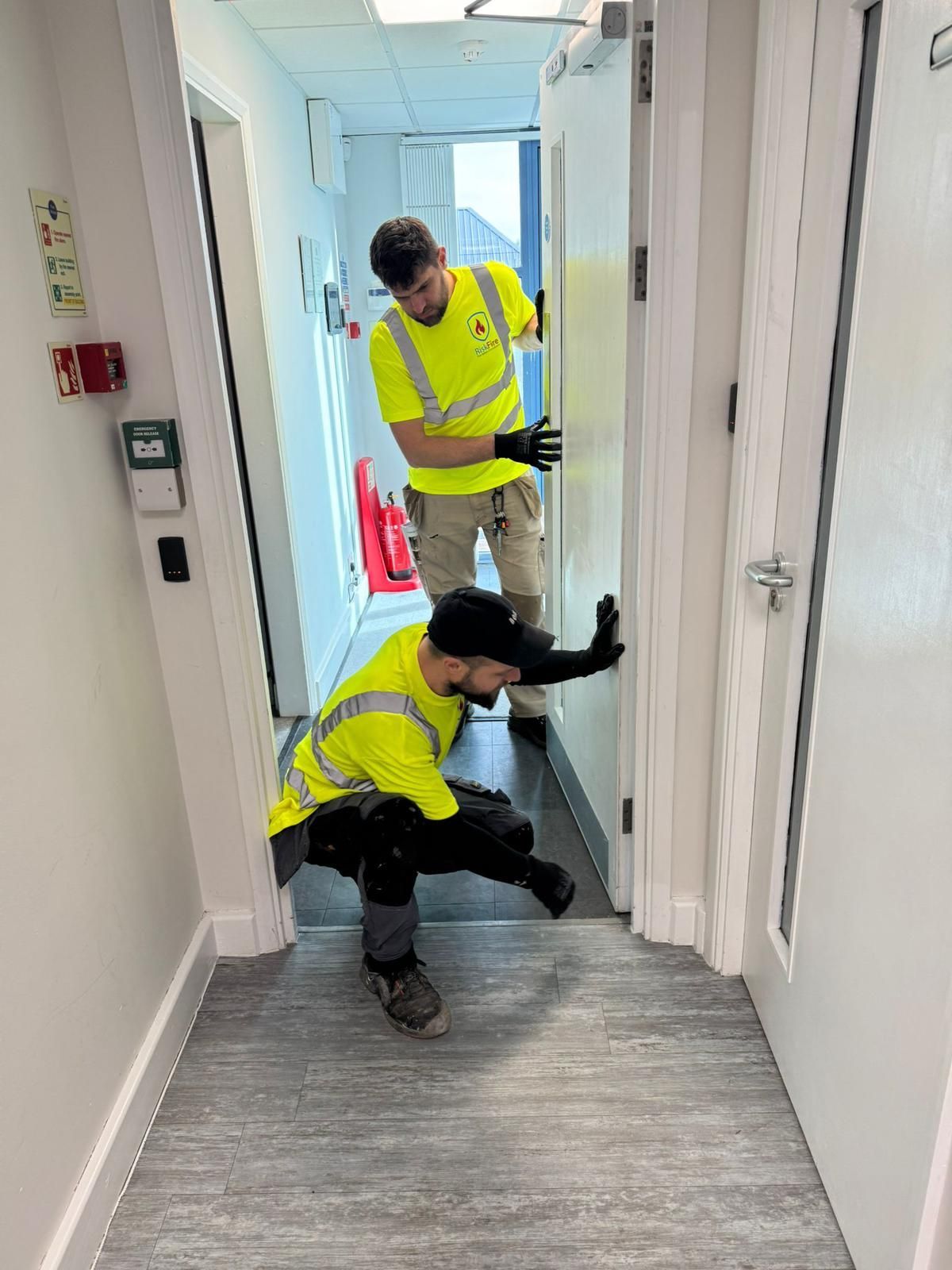
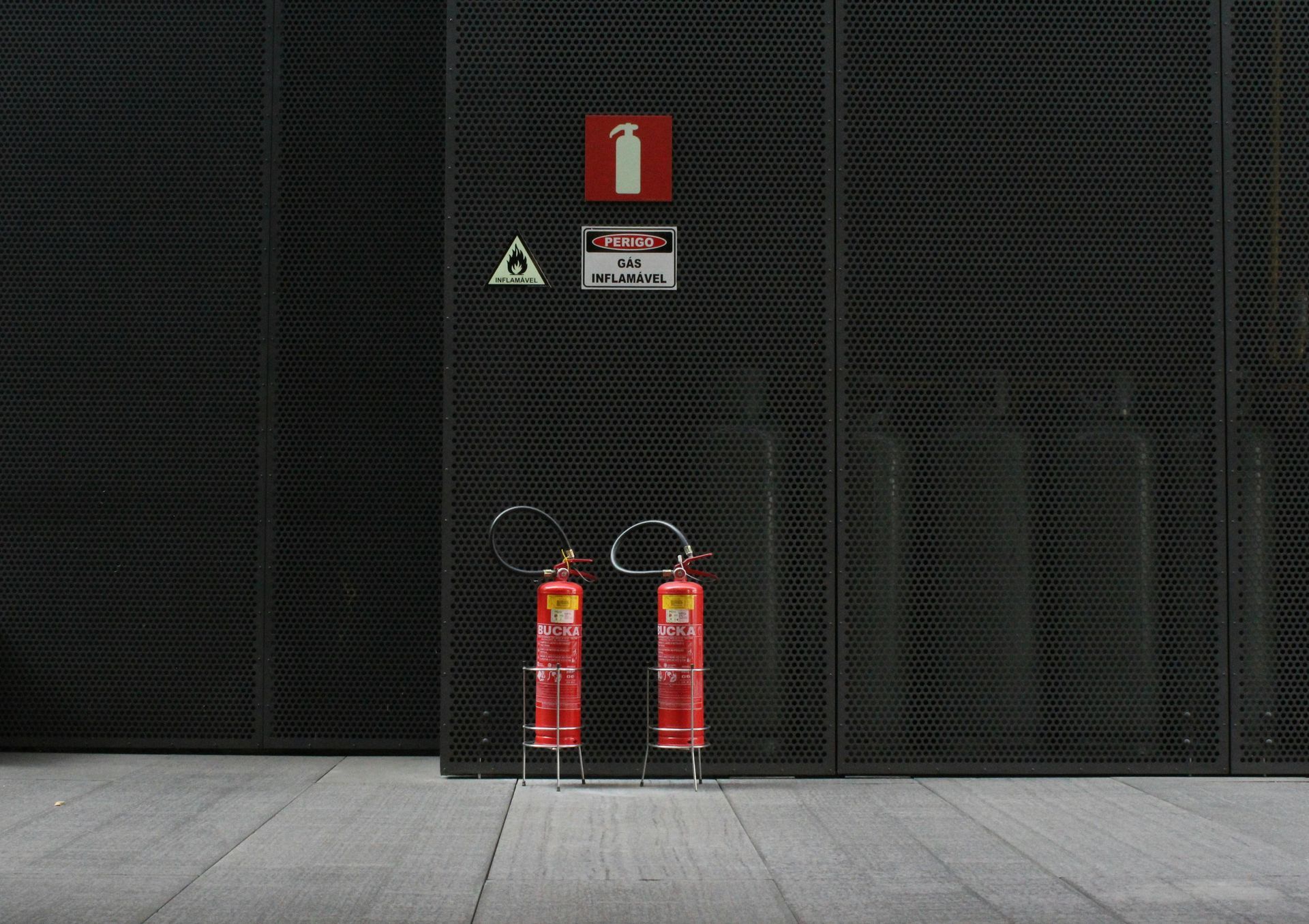

Contact us below and get your free quote!
We will get back to you as soon as possible.
Please try again later.
